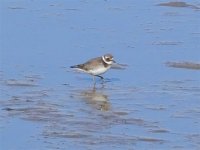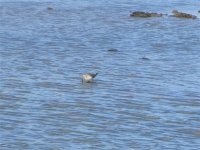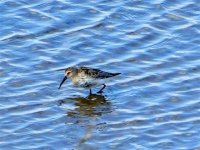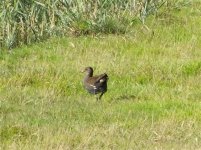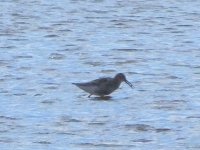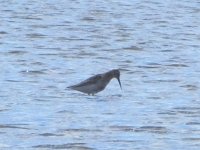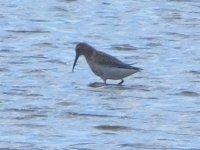I think I have here 2 Dunlin, a ringed plover and a female moorhen. Hopefully correct and if so I feel I have improved in my identification of these waders. If not , then back to the drawing board !
Thank you
Thank you




